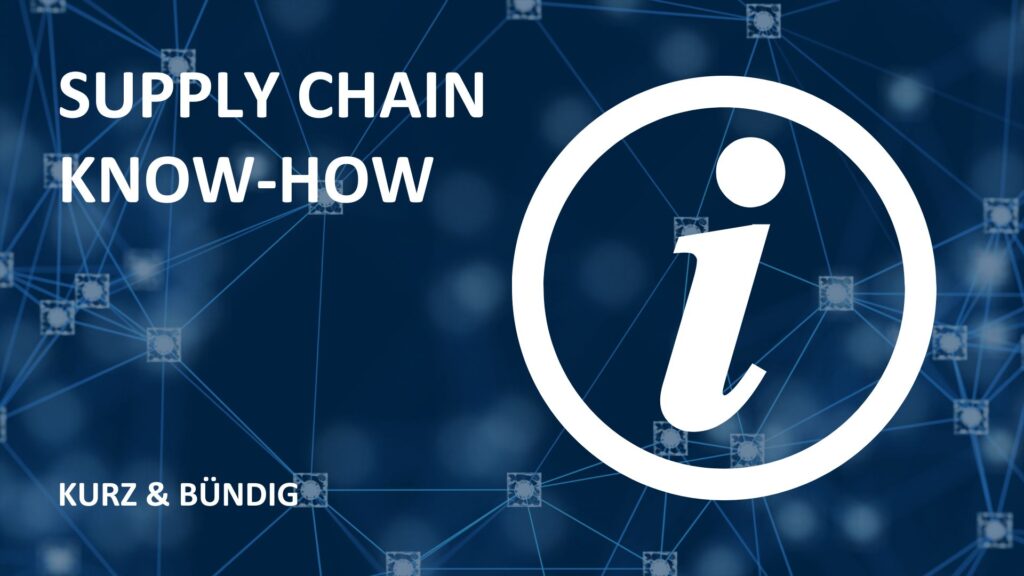The ARIMA method (Autoregressive Integrated Moving Average) is a method for forecasting time series that is based on the combination of so-called “autoregressive (AR) forecasting models” and “moving average (MA) models” and also includes integration (I) for trend elimination.
Autoregressive forecasting models are based on the assumption that the current value of a time series depends on its own previous values, i.e. that the past has an influence on the present.
Moving average models help to recognize trends and patterns in data by calculating the average of consecutive data points over a certain period of time. This smoothes out large fluctuations in the development curve, making it easier to recognize the general direction of the data.
The “integration” mechanism is used to remove the trend from a time series so that the remaining components can be analyzed.
By combining these principles, the ARIMA method enables the prediction of future values of a time series based on past observations and is particularly useful for analyzing time series with trends and seasonal patterns.
The method is considered a powerful model for predicting time series. It can identify and filter out trends and seasonal patterns in the data and can work with different types of time series, including those with non-linear trends and seasonal effects. In practical use, it is often met with reservations, as it is difficult for the user to understand how the results are obtained and interpreted without in-depth mathematical knowledge.
Like all forecasting methods, the ARIMA method can have difficulties dealing with sudden, unexpected changes in the data.
The major challenge with the ARIMA method, however, is the setting of three control parameters in the model, generally referred to as p, d and q. Identifying these model parameters can be complex and time-consuming
Our TIP:
If you work with the ARIMA method in a forecasting system, you should make sure that the tool has mechanisms to determine the optimum control parameters p, d and q itself via ex post forecasts and/or empirical simulation.

